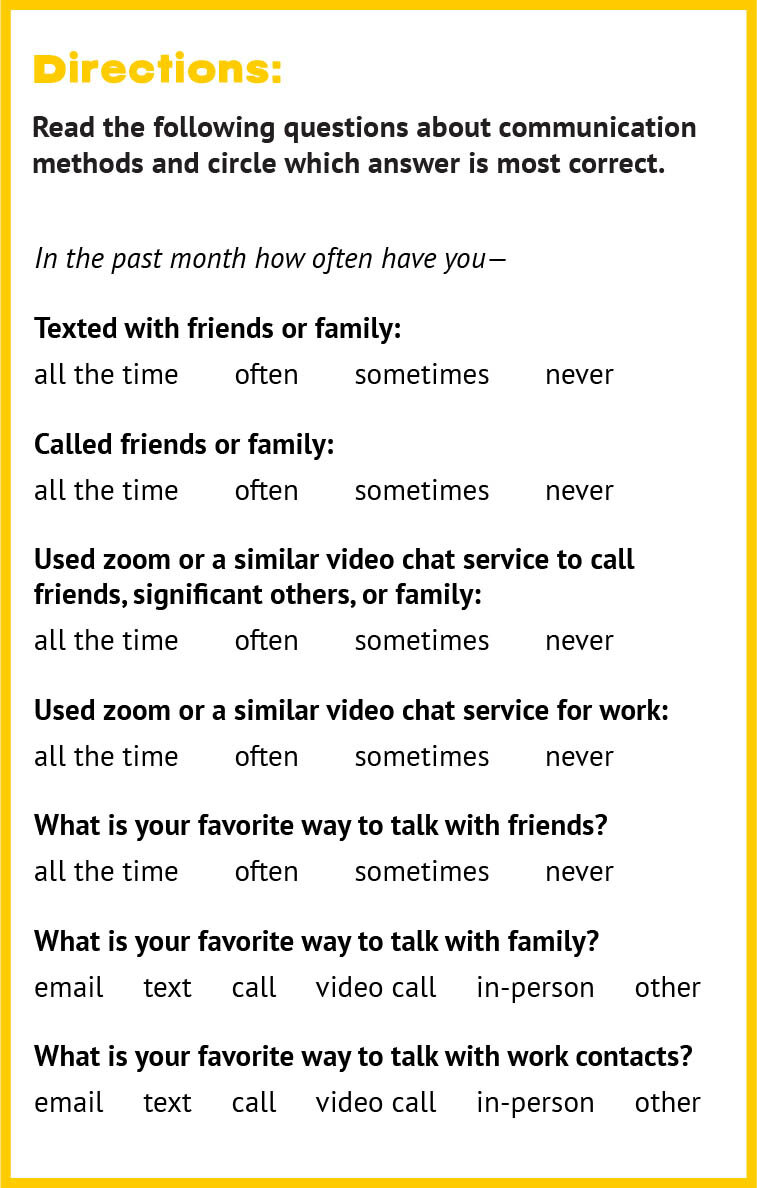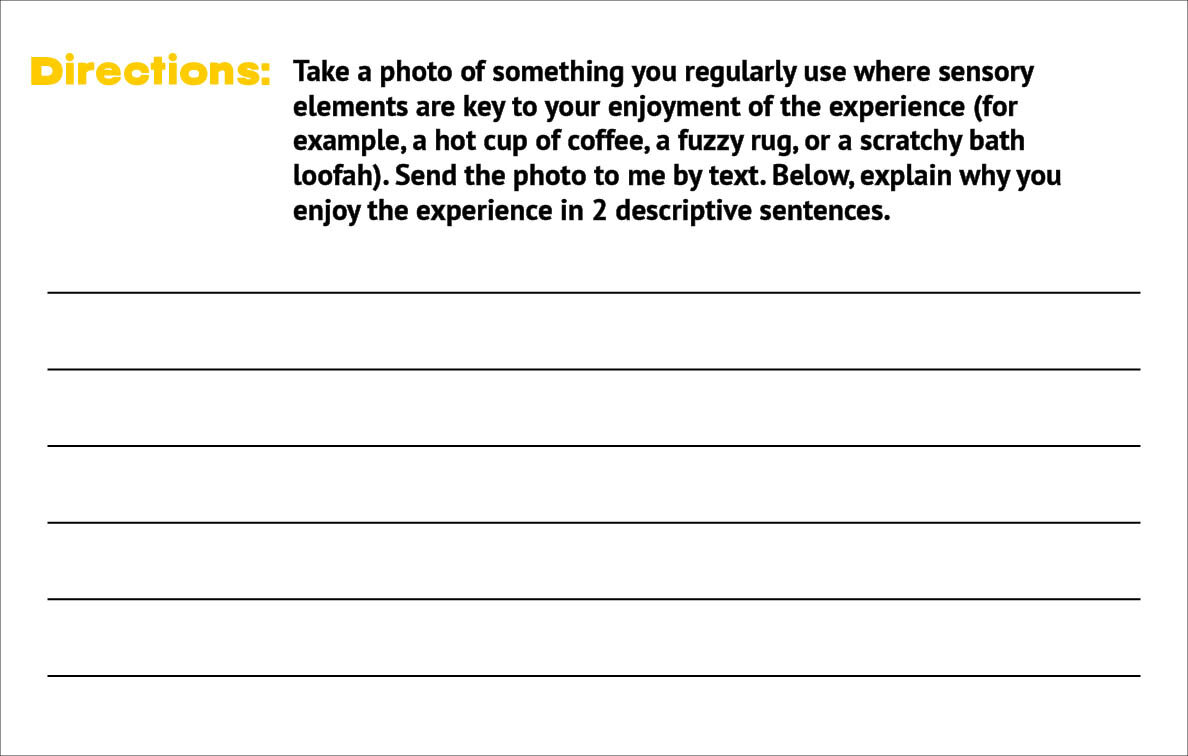Thesis Work
Research Question
How can we design for more connective and tactile
communication experiences?
Abstract
Communication technology has advanced to a point where it is no longer necessary to be in the same room as another person to have a conversation, make a business deal, or join a class. This development has allowed for more ease and flexibility, but at what cost?
Communication experiences in digital spaces lack critical components of social interactions—physical presence, tactility, and social touch. Without these elements, we feel a diminished sense of connection. Over time, this leads to a disconnect from each other, our communities, and an increase in loneliness. Loneliness is not something to be taken lightly; it increases one’s mortality risk by 32% and can cause loneliness, depression, and suicide.
This thesis endeavors to consider the effects of diminishing touch-based experiences due to technology and questions how we might design for more connective digital communication experiences. How can we incorporate elements of tactility and touch without a physical presence? Additionally, it will examine how we might use technology to create new methods of communication and reduce loneliness.
Capstone Summary
With the increased ease of digital communication tools, popularity and use have increased. Digital communication removes us from the tactile experiences of interaction, and studies show that connecting in this way often makes us feel lonelier. Additionally, this is an especially unusual moment because the COVID-19 pandemic has led to drastic changes in the way we interact—a sharp decline in physical interactions and a sharp incline in digital interactions.
For my capstone, I am creating a cultural probe that will allow me to analyze the use of digital communication tools and encourage participants to examine their own relationships with tactility and communication. Additionally, it will allow me to gain insight into COVID-specific coping solutions for loneliness, the potential fatigue of using Zoom and similar tools as primary vehicles for communication, and if a lack of physical social interactions has impacted opinions of tactility and digital communication. I will also test out my hypothesis that touch deprivation techniques could mitigate feelings of disconnection and loneliness created by a lack of tactility in digital communication.
The cultural probe will exist in a physical form and a digital form to allow for different kinds of interactions and reach a diverse range of participants. Additionally, the insights from both forms of the probe will serve as the foundation for a design response.
The physical probe consists of daily activities for seven days, bubble wrap, play-doh, a bouncy ball, a pen, and some treats.















The digital probe lives on a Miro board and consists of activities over five days.
View the project here: https://miro.com/app/board/o9J_lOsjXqc=/




